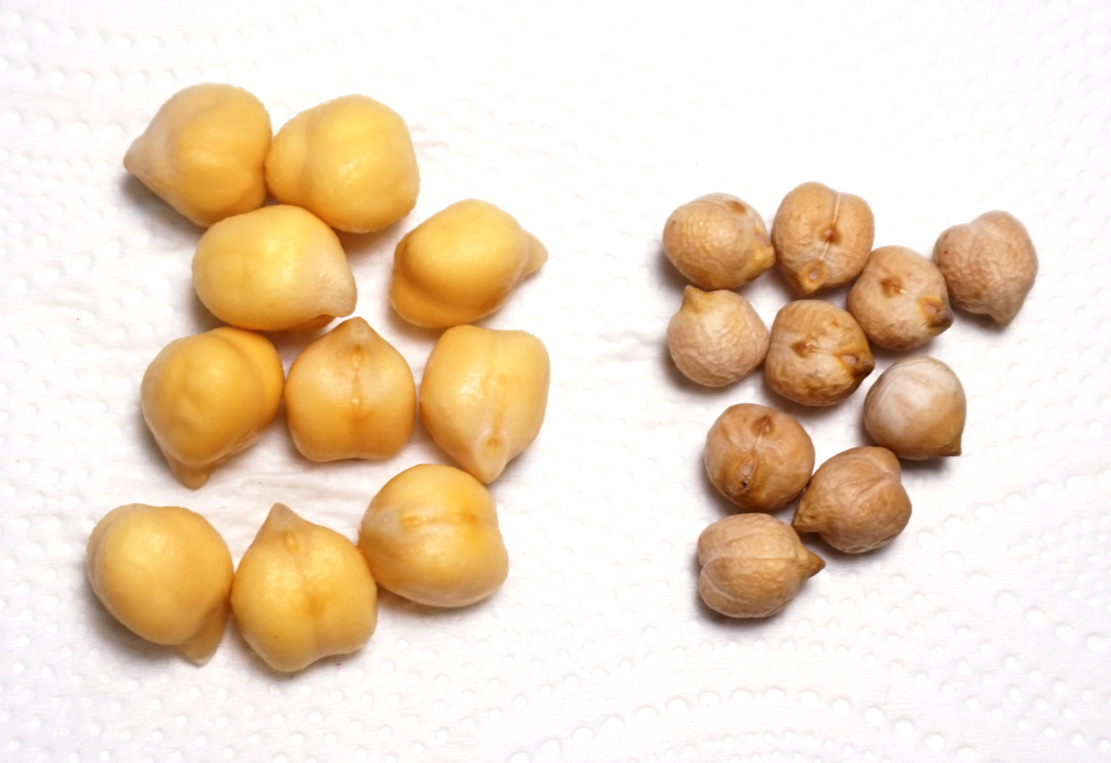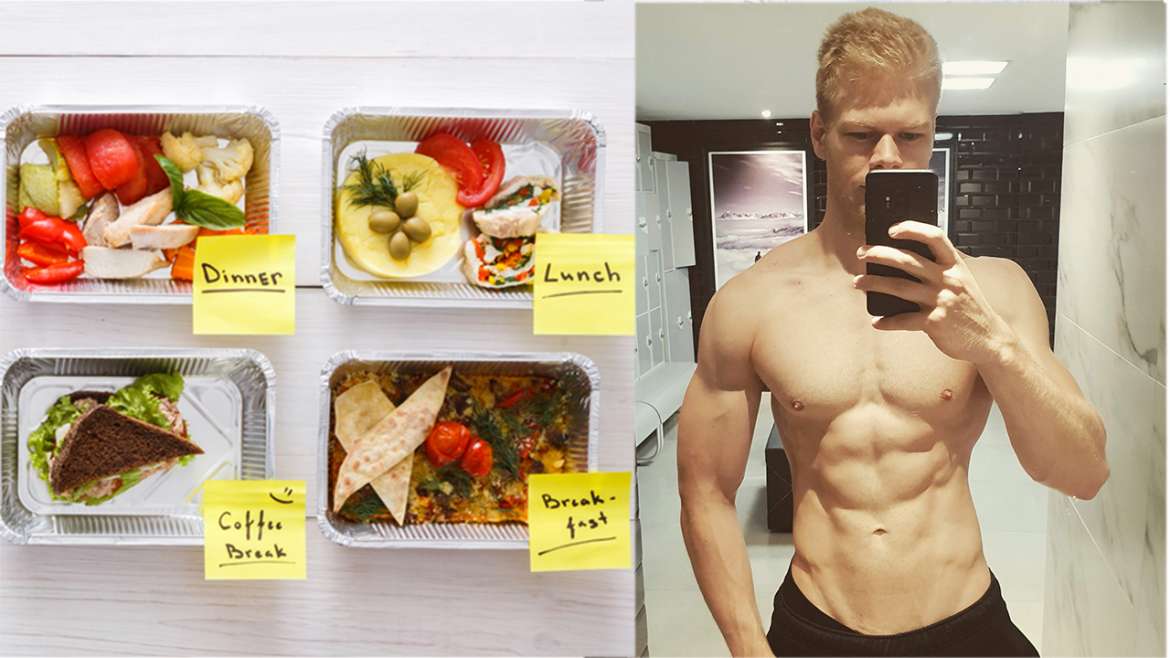Nutrient Overview
Calories: Low
Protein: Low
Fat: Low
Saturated fat: Low
Cholesterol: None
Carbohydrates: Low
Fiber: Low
Sodium: Low
Main vitamin: Vitamin B6
Main mineral: Iron and Magnesium
Health Benefits
Chickpeas, or sometimes called garbanzo beans, are one of the most popular legumes in the world. This could be because they have been linked to a reduction of risks for several diseases like coronary heart disease.
Chickpeas also contain high amounts of fiber, which helps lower cholesterol level and slows down sugar absorption. This is especially important for those who suffer from diabetes and high blood pressure.
When buying chickpeas choose the ones that have a nice round shape. Also, they are best purchased raw and dry. Now you might ask yourself if you can also get canned chickpeas. This will depend on your goals.
In regards to macronutrients so fat protein and carbs canned and normal chickpeas are about the same, but the canned version is lower in micronutrients so minerals and vitamins. It’s also higher in sodium which you probably already get more than enough of.
How To Prepare & Store Chickpeas
If you opt for the natural ones, chickpeas are best served cooked. It is not recommended that you eat them raw due to their toxin and anti-nutrient content. Cooking also helps makes it easier for our body to absorb their vitamin K, folate, phosphorus, zinc, copper, magnesium, choline and selenium.
When preparing chickpeas, wash and soak them 8-10 hours prior to cooking. This will help enhance their flavor and texture. Once they have already been soaked it should be easy for you to split them between your fingers. After soaking chickpeas, they are best cooked by simmering them in water for a few hours.
To store chickpeas, keep them refrigerated and covered in an airtight container or plastic zipper bag. If you avoid contamination with liquid they should be good for the next 3-4 days. If you wish to keep them longer, keep them in the freezer.



